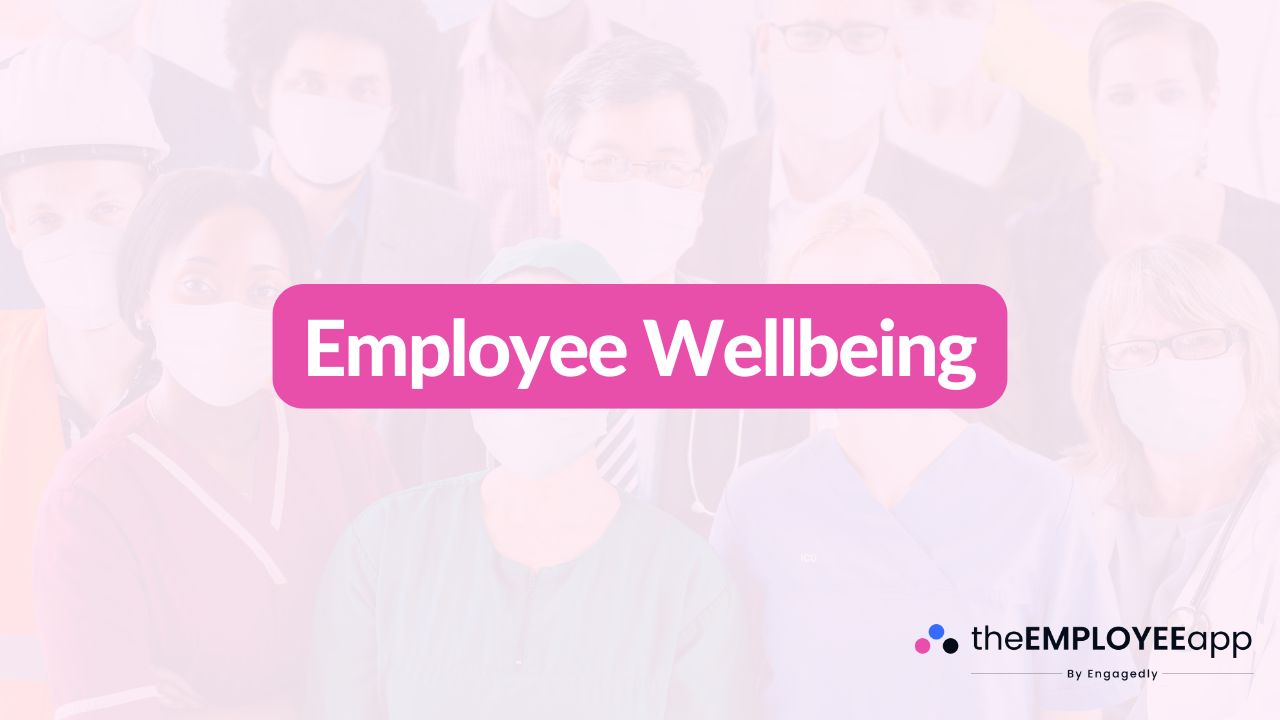
Employee wellbeing refers to the overall health, happiness, and quality of life employees experience in their workplace and beyond. It goes beyond physical health to include mental, emotional, financial, and social aspects of an employee’s life. A strong focus on wellbeing ensures employees feel supported, valued, and equipped to do their jobs effectively without sacrificing their personal needs.
At its core, employee wellbeing is about creating a work environment that enables individuals to thrive. It includes policies, practices, and resources that help employees manage stress, balance work and life responsibilities, and feel connected to their organization. Unlike traditional wellness programs that might focus only on physical health, wellbeing is more holistic. It recognizes that mental resilience, purpose, and emotional safety are just as critical as physical fitness.
For frontline employees in particular, wellbeing plays a vital role. These workers often face demanding schedules, high levels of customer interaction, and physical challenges. Supporting their wellbeing helps reduce burnout, improve morale, and foster long-term retention.
Organizations that prioritize wellbeing see measurable benefits across multiple areas:
Higher Engagement and Productivity: Employees with strong wellbeing are more focused, motivated, and effective.
Reduced Absenteeism and Turnover: A healthy and supported workforce experiences fewer sick days and stays longer with the company.
Improved Customer Experience: When employees feel cared for, they provide better service and create stronger customer relationships.
Positive Work Culture: Prioritizing wellbeing fosters trust, belonging, and collaboration.
Attracting Top Talent: Job seekers are increasingly prioritizing companies that support wellbeing initiatives.
Employee wellbeing is multi-dimensional. Organizations should consider the following key areas:
Physical Wellbeing
Encouraging healthy lifestyles, safe working conditions, and resources such as health screenings or fitness options.
Mental and Emotional Wellbeing
Providing access to counseling, mental health resources, and fostering a stigma-free culture around seeking support.
Financial Wellbeing
Helping employees manage financial stress through fair pay, benefits, and tools for financial planning.
Social Wellbeing
Creating opportunities for connection, teamwork, and supportive relationships at work.
Work-Life Balance
Offering flexible scheduling, respecting personal boundaries, and reducing unnecessary workplace stress.
Organizations can adopt practical strategies to promote wellbeing at scale:
Promote Open Communication: Encourage conversations around workload, stress, and support needs.
Offer Recognition and Appreciation: Celebrating achievements boosts morale and reduces stress.
Invest in Mental Health Resources: Employee assistance programs, wellness apps, or access to professional support.
Create Safe Work Environments: Physical safety and ergonomic conditions are essential to frontline workers.
Support Work-Life Integration: Flexible schedules, time-off policies, and breaks to recharge.
Encourage Healthy Habits: Initiatives like walking challenges, hydration reminders, or healthy meal options.
Even with good intentions, many organizations face obstacles, such as:
Limited resources for frontline teams who may not have the same access to wellbeing programs as office employees.
Stigma around mental health that prevents employees from seeking support.
Inconsistent leadership support, where wellbeing initiatives are deprioritized.
Burnout culture, where long hours or high demands undermine wellbeing.
Addressing these challenges requires consistent effort, leadership buy-in, and technology that makes wellbeing resources accessible to all employees.
As work continues to evolve, employee wellbeing will become an even bigger priority. Hybrid and frontline environments demand creative approaches to support health and happiness, from mobile apps that connect employees with resources to personalized wellbeing programs tailored to individual needs. Companies that actively invest in wellbeing will not only retain their workforce but also build stronger organizational resilience.
Employee wellbeing is not just about preventing burnout—it’s about building a thriving workforce that feels valued, supported, and motivated. By addressing all dimensions of wellbeing and ensuring accessibility for both frontline and desk-based employees, organizations create stronger cultures and better business outcomes. In today’s workplace, prioritizing employee wellbeing is not optional—it’s a strategic necessity for long-term success.
